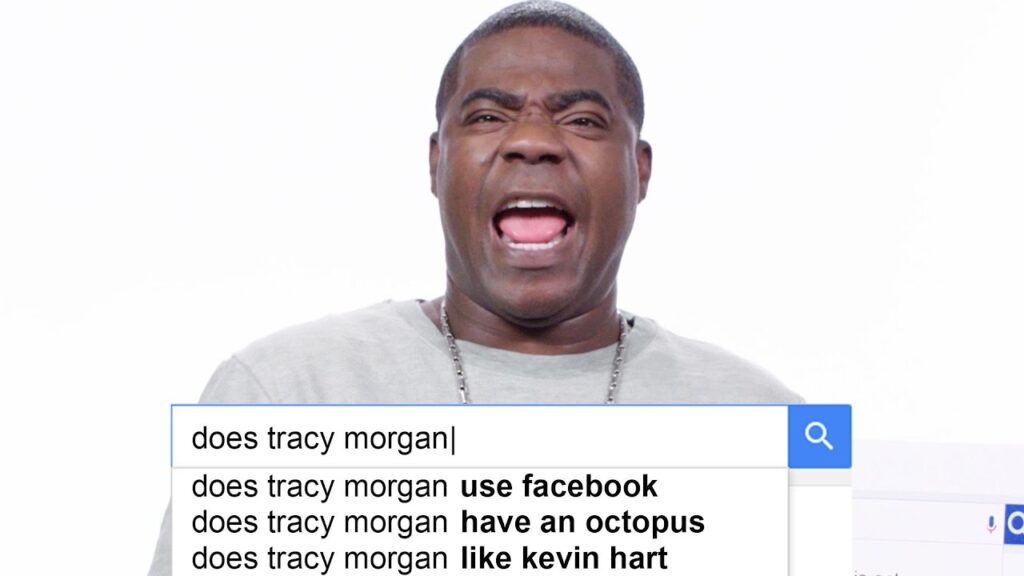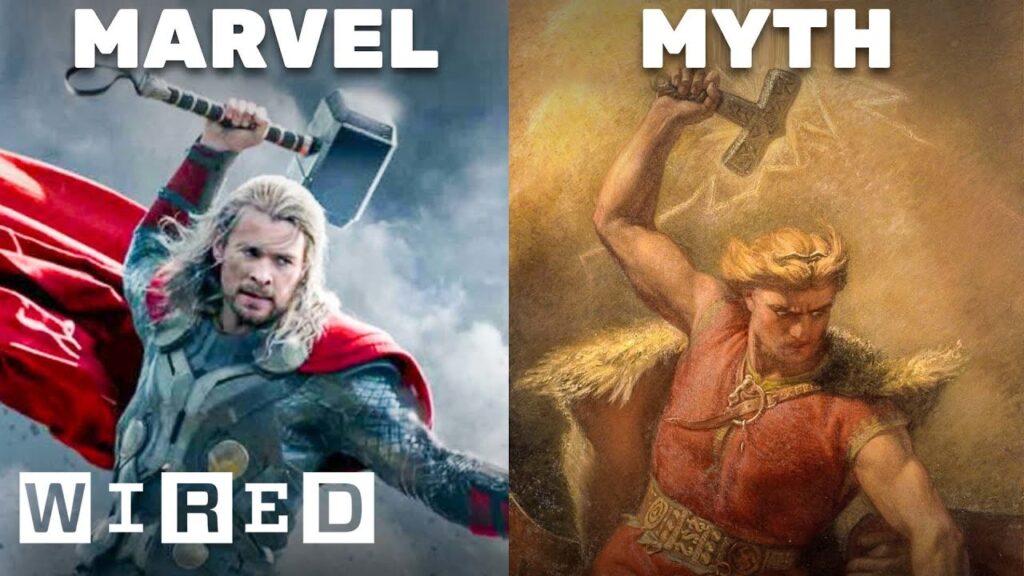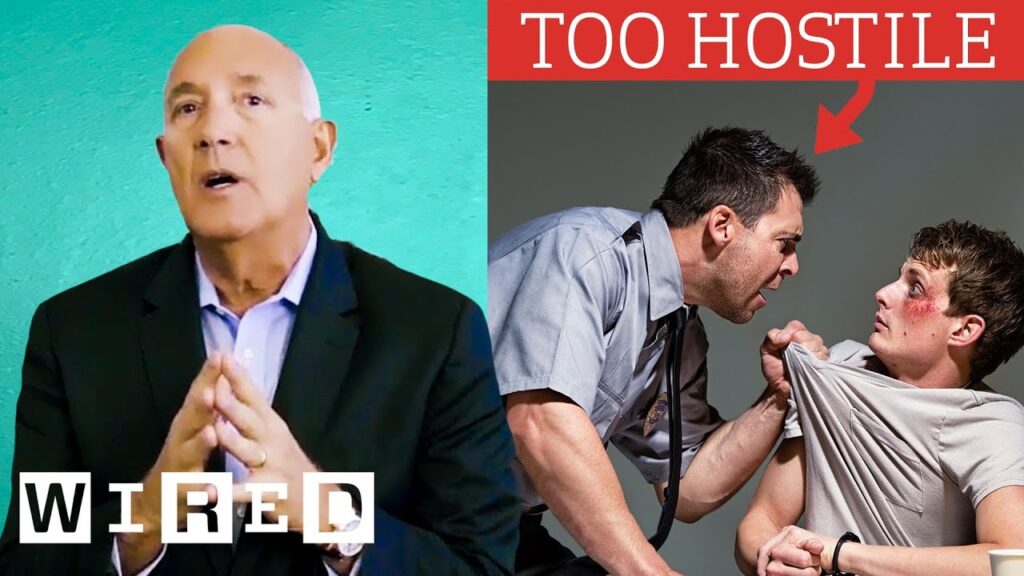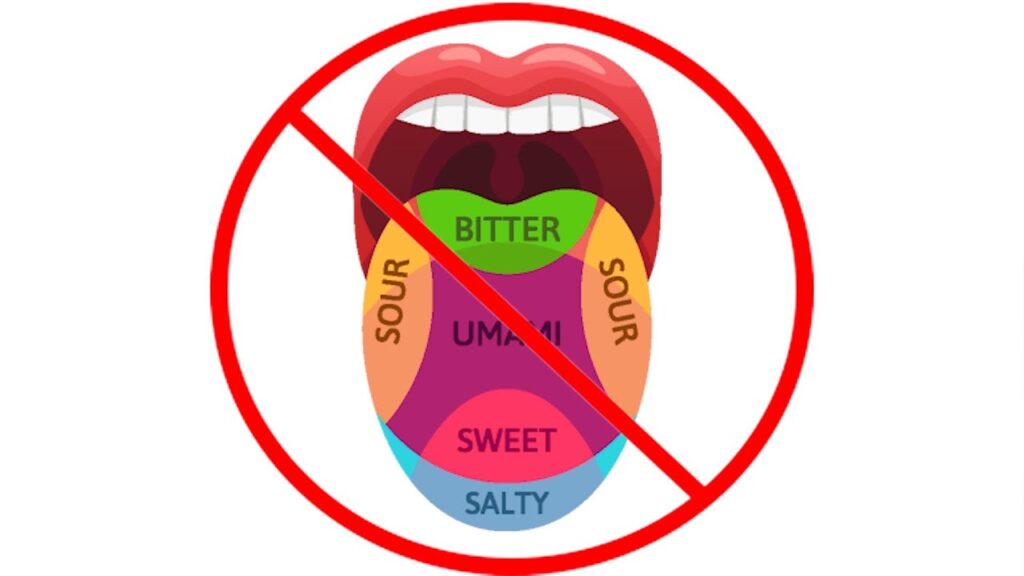Protecting The President: How The Secret Service Does It
Summary
Jonathan Wackro, a former special agent of the United States Secret Service, shares the proactive approach they take in protecting the president and other protectees. The Secret Service focuses on three main areas: tactical/crisis situation, medical situation, and relocation, ensuring personal protection plans and plans for their protege are constantly thought of. They set up concentric rings of protection, use different technologies, and address threats as far out as possible, acknowledging the danger that social media can bring. Every threat made against a protectee is investigated, and the Secret Service is always looking back to improve, keeping in mind the possibility of an event, even if the likelihood is small. The Secret Service prioritizes keeping the president safe, providing 360 degrees of coverage and having agents with specific roles responding to threats. The protectees always remain targets, so the Secret Service stands in between the threat and the protectee, facing gunfire or other weapons.
Table of Contents
- The Secret Service’s Approach to Protecting the President
- Protection Methods Evolve Over Time
- The Targeted Protectees
- Always Mindful of the Possibility of an Event
- Social Media’s Challenges to Protective Construction
- Lessons Learned from Past Incidents
- The Greater Calling to Protect the Mission
- Protecting the President Beyond the Oval Office
- Constant Improvement in Techniques and Technologies
- Standing Between the Threat and the Protectee
Introduction
The President of the United States may be one of the most protected individuals in the world, with the United States Secret Service dedicated to ensuring their protection at all times, regardless of the potential threat level. How do they do it, though? In this article, we’ll delve into the methodology, strategies, and tools used by the Secret Service to protect the president and other protectees.
Q&A
The Secret Service’s Approach to Protecting the President
How does the Secret Service approach protecting the president and other protectees? The Secret Service focuses on three main areas: tactical/crisis situation, medical situation, and relocation. These require constant thinking about personal protection plans and plans for their protege. The methodology involves setting up concentric rings of protection around the location with metal and explosive detectors, access control, and utilization of different technologies like cameras, sensors, and drones, to ensure the environment’s safety. Also, the Secret Service’s philosophy is to address threats as far out as possible to ensure the full protection of the president.
Protection Methods Evolve Over Time
How have protective methods evolved over time? Protective methods have evolved as threats have become more sophisticated. Today, the presidential motorcade is secure, and the president never rides in an open-air vehicle. Instead, the president is in an armored vehicle driven to ensure that he remains protected from any potential danger. The Secret Service prioritizes the president’s safety by carefully staging public engagements to provide 360 degrees of coverage, and have agents with specific roles to respond to threats.
The Targeted Protectees
Who are the protectees that the Secret Service is tasked to safeguard? The Secret Service provides protection for the President and Vice President, their immediate families, former presidents, and their spouses. Additionally, foreign dignitaries and individuals identified by the Secretary of Homeland Security as being essential to the continuity of government are also protected.
Always Mindful of the Possibility of an Event
What’s the most important lesson learned from the Kennedy assassination and how has it been integrated into the Secret Service’s methodology? The lesson learned from the Kennedy assassination was that the Secret Service had to be always mindful of the possibility of an event, even if the likelihood was small for a high-impact situation. This has been integrated into the Secret Service’s daily methodology by staying vigilant and monitoring the environment for potential threats.
Social Media’s Challenges to Protective Construction
How has social media affected the Secret Service’s methodology in protecting the president? Social media can create a challenge when it comes to protective construction, as information can be dispersed and cause danger to the Secret Service’s protective strategies. The Secret Service must account for this challenge and use various techniques like monitoring social media, conducting online threat assessments, and educating the public and private sector to the dangers of sharing information.
Lessons Learned from Past Incidents
What lessons have been learned from past incidents, and how have they been integrated into the Secret Service’s protective details? Lessons learned from past incidents were applied to the Secret Service’s protective methods. Agents now always keep the limousine door open to provide a quick response to any threat, and they use protective gear like helmets and bulletproof vests, when the situation calls for it. Additionally, a lesson learned from President Reagan’s assassination attempt was always to put themselves between the threat and the protectee.
The Greater Calling to Protect the Mission
What motivates the Secret Service to stand between the threat and the protectee, even when facing gunfire or other weapons? The Secret Service’s greater motivation is to protect their mission, which is to protect life and property. Their actions are rooted in their desire to complete their mission and protect the integrity of the processes of democracy.
Protecting the President Beyond the Oval Office
How does the Secret Service protect the President beyond the Oval Office? The Secret Service provides security wherever the President travels, both domestically and abroad. This includes using various protective methods like securing hotels, airports, and venues where the President will be speaking or visiting.
Constant Improvement in Techniques and Technologies
How does the Secret Service stay ahead of threats and improve their techniques and technologies? The Secret Service is constantly looking back to improve and asking, “How do we get better?” By learning from past incidents and monitoring current events, they can make adjustments to their protective strategies. They also invest in emerging technologies like facial recognition software and passive signals intelligence to help identify potential threats.
Standing Between the Threat and the Protectee
What motivates Secret Service agents to stand in between the threat and the protectee even when they are facing gunfire or other weapons? Secret Service agents put themselves between the threat and the protectee because they believe in their mission to protect life and property. They know that by protecting the protectee, they are preserving the democracy of the United States, a responsibility they take most seriously.
Conclusion
Protecting the President is serious business, and the Secret Service is dedicated to ensuring their safety by employing a unique methodology and using different technologies and methods to keep them safe. They have learned lessons from past incidents and are always looking for ways to improve their protective methods. The Secret Service agents’ greatest motivation is their desire to protect life and property, which underscores the importance of the mission they have been given, ensuring democracy’s continuity.






